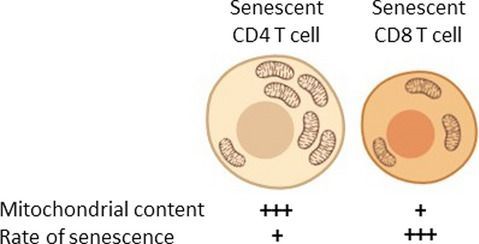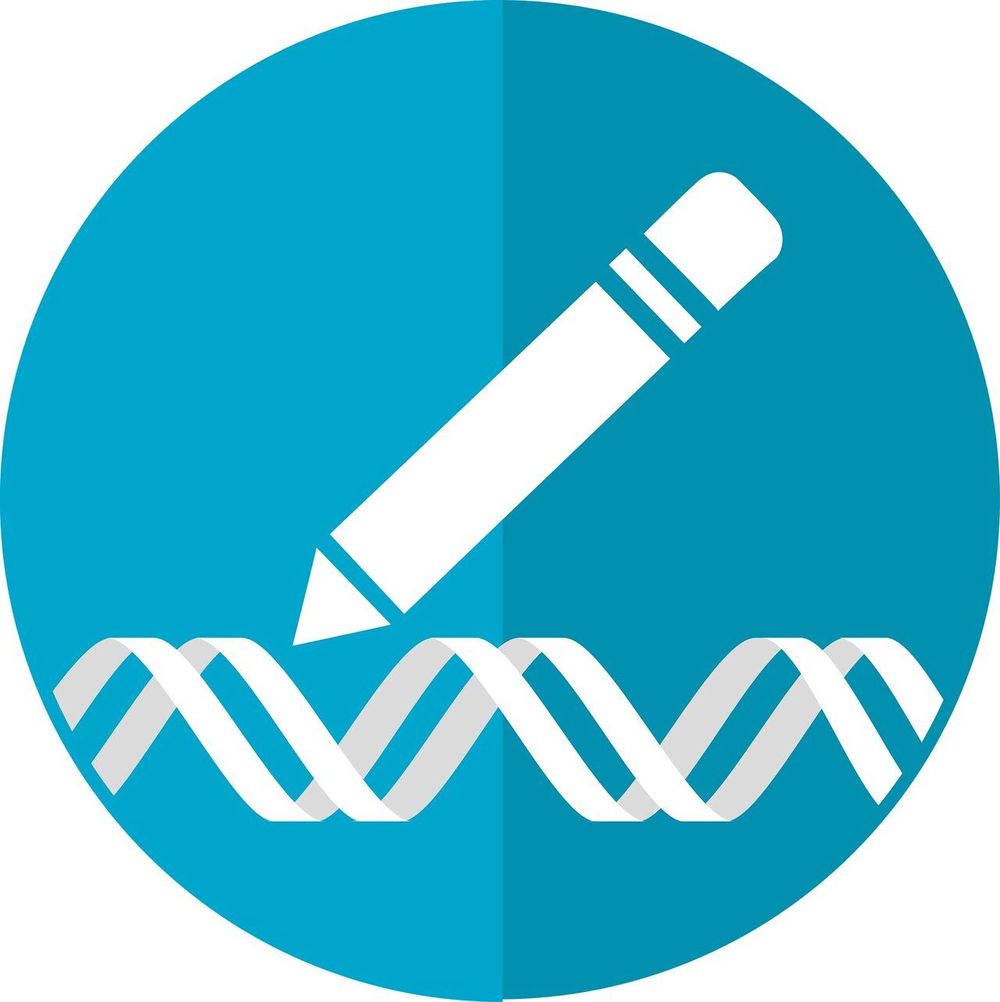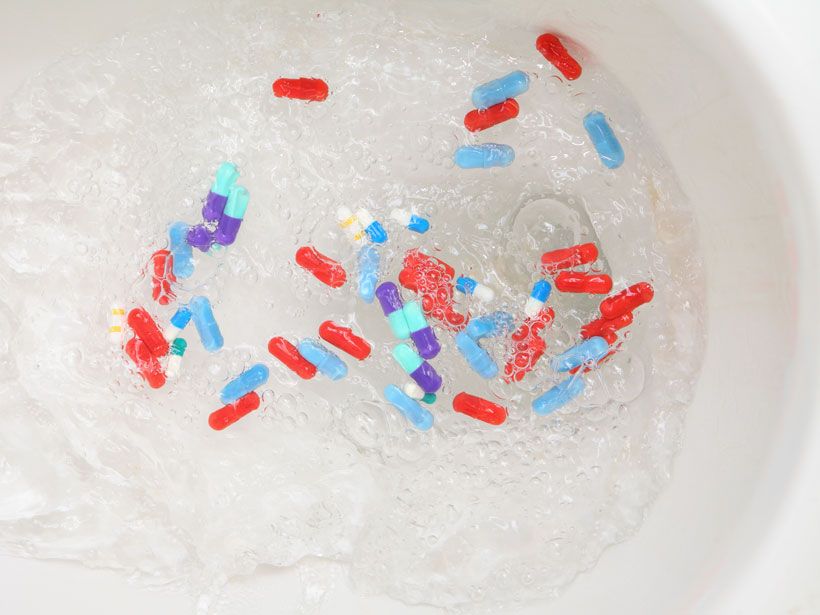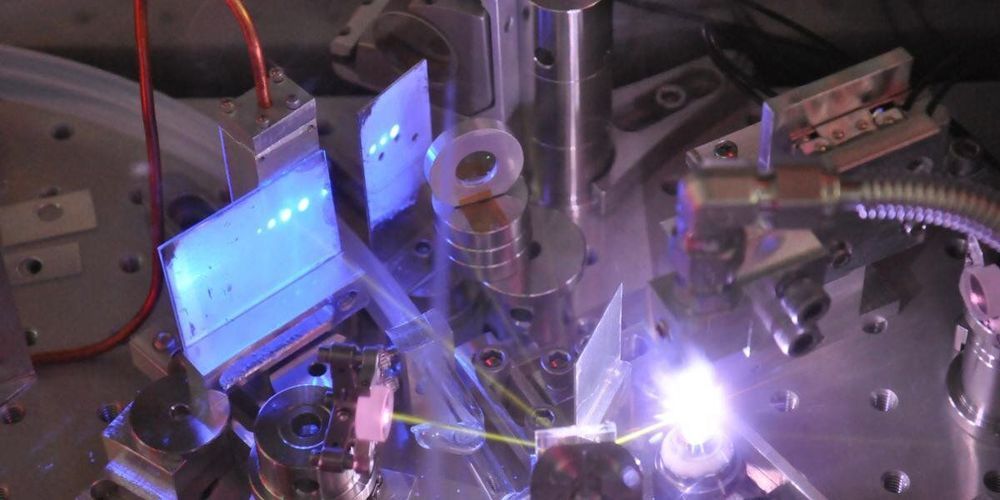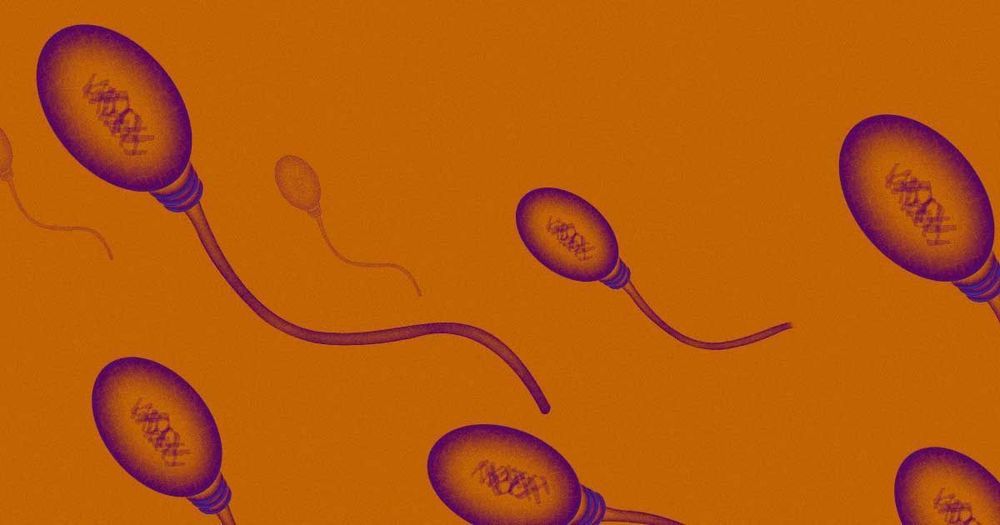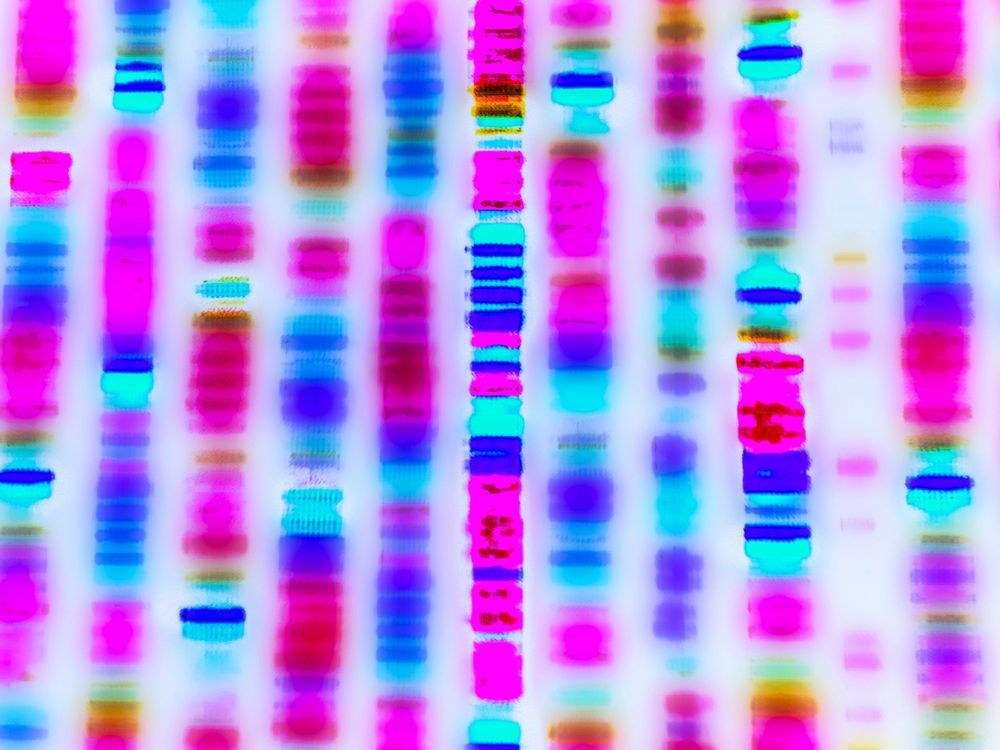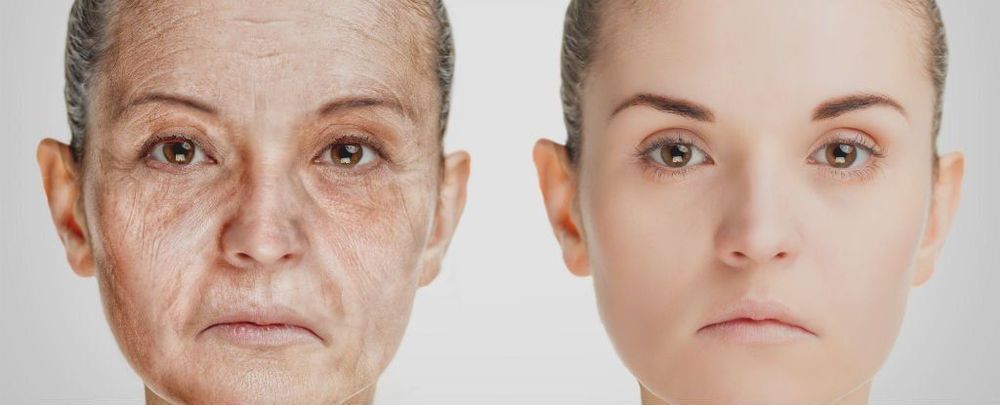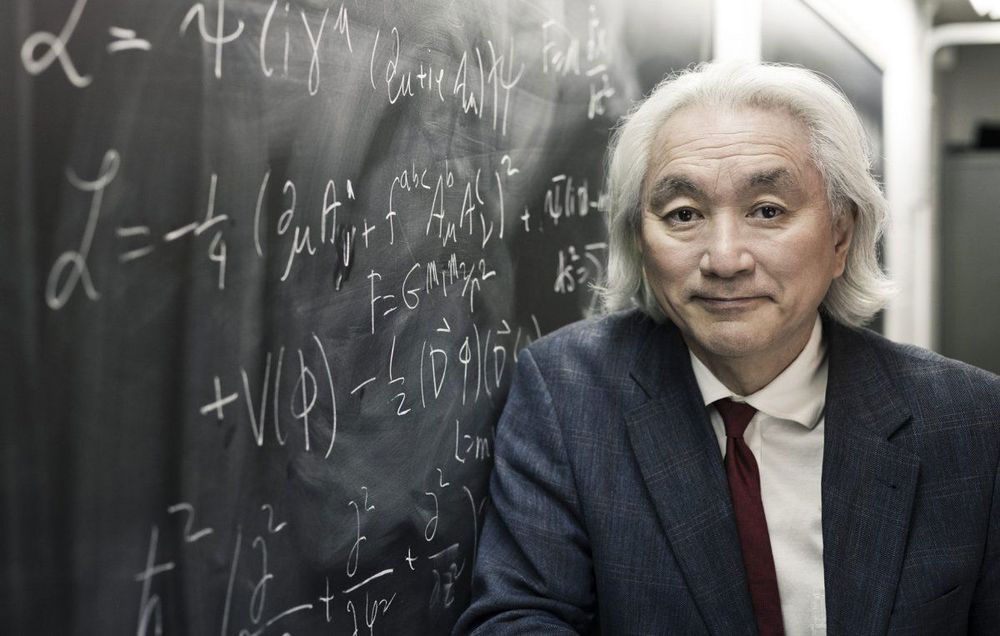New evidence suggests that the cause of Alzheimer’s – which is the most common form of dementia – is actually the result of leakage from the brains ‘filtration system’ known as the blood-brain barrier. The blood-brain barrier is a border within the brain that separates circulating blood from a variety of different fluids in the central nervous system. Previous MRI scans have found that the blood-brain barrier breaks down in nearly 60% of people by the age of 70, and it is believed that this allows harmful chemicals to seep through which is triggering inflammation and fog throughout the brain.
A groundbreaking new study that has seen scientists successfully reverse the effects of dementia is changing the way the scientific world once viewed the disease.
The majority of dementia treatments have focused on trying to remove amyloid plaque from the brain, however, the latest study published in Science Translational Medicine suggest that targeting brain inflammation is the silver-bullet for curing dementia.
New evidence suggests that the cause of Alzheimer’s – which is the most common form of dementia – is actually the result of leakage from the brains ‘filtration system’ known as the blood-brain barrier.

